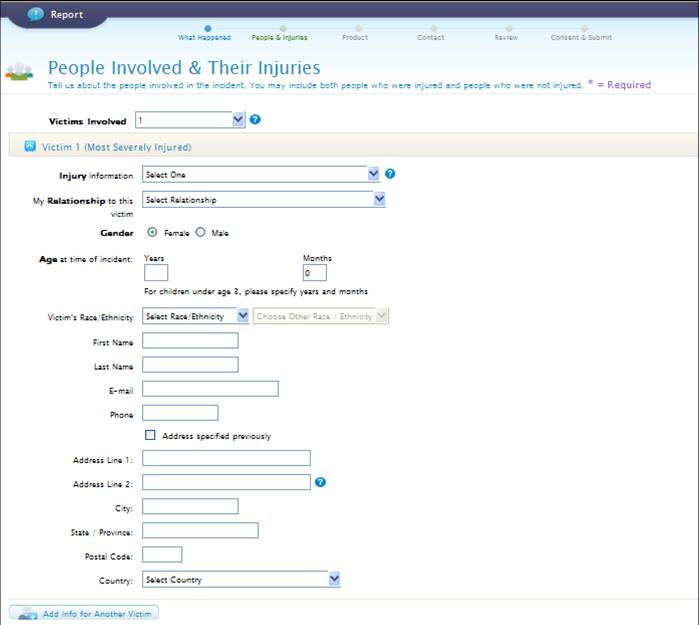Toyota closes out 2010 by shelling out another $32.4 million to the government for tardiness. The two fines – for failing to recall its floor mats and defective relay rods within five days of determining a defect – were disclosed yesterday.
Three record fines in one year ain’t beanbag. In all three cases – the relay rods, the accelerator pedal and the floor mats – Toyota had recalled the affected vehicles overseas months before it got around to recalling those components here. It’s refreshing to see the agency enforce the law. But penalizing a manufacturer for failing to file a timely defect report only requires counting to five. The agency will greet 2011 with the much more complicated issue of unintended acceleration hanging in the balance. We’ll address that in a future post.
In the meantime, back to the fines. The details were MIA. NHTSA did not say when it thought Toyota had a duty to recall those components. Toyota didn’t admit it did anything wrong. Since the agency hasn’t made its case for the penalty to the public, the Safety Record Blog will do it for them. Continue reading

